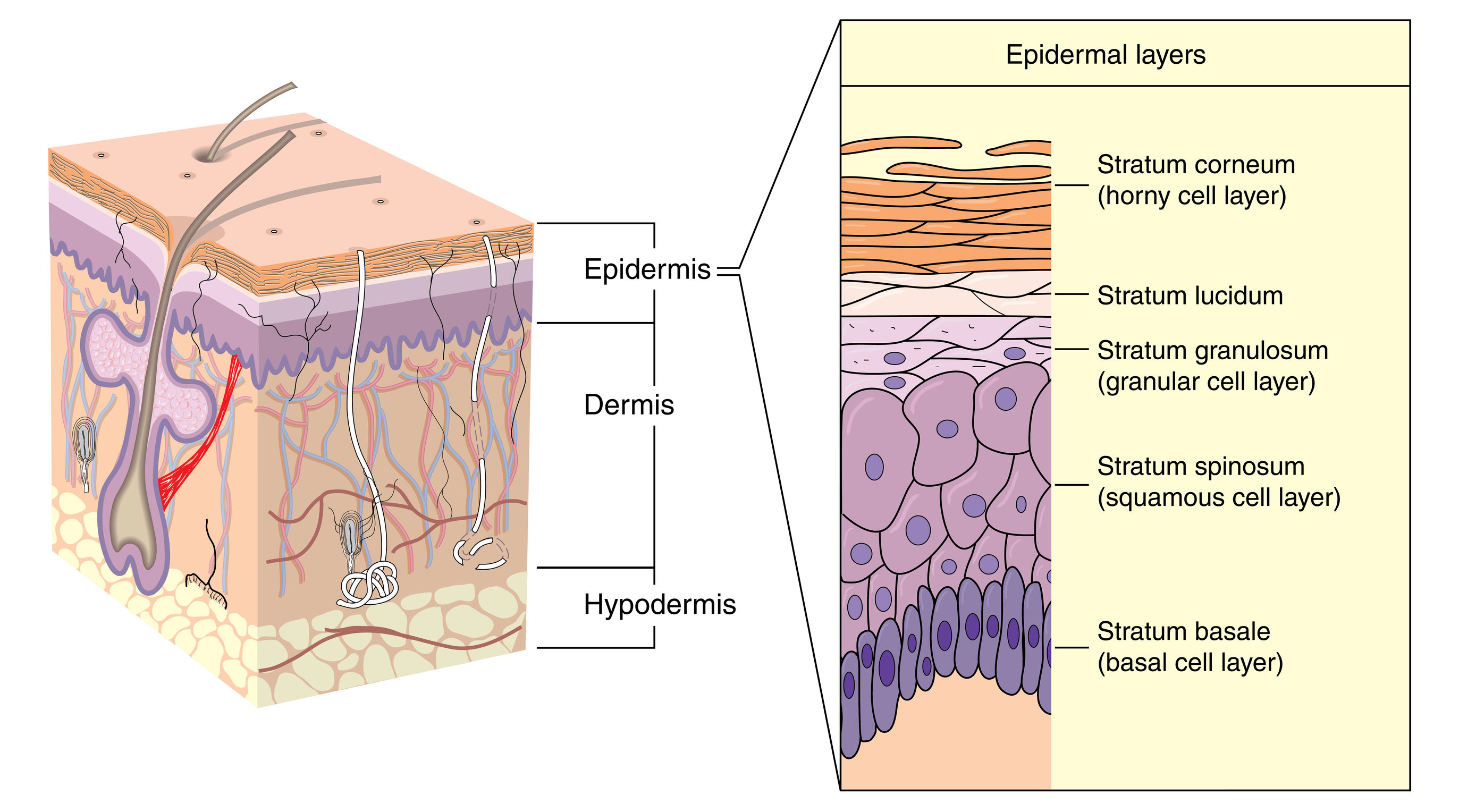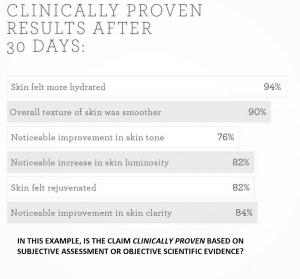In a previous article, we talked about the stratum corneum (SC), or, skin barrier. This is derived from the Latin name, meaning horned layer, which represents the outermost layer of the skin epidermis. We also mentioned that the skin barrier performs an important barrier function – it protects underlying tissue from infection, dehydration, chemicals, and mechanical stress.
Many cosmetic and dermatological products are specifically formulated to maintain or restore the SC to optimal levels, or to protect it from external factors that can compromise its healthy state.
Three important and measurable parameters can indicate an alteration (or otherwise healthy functioning) of the SC:
- Skin hydration
- Erythema (skin redness)
- Transepidermal Water Loss (TEWL)
These parameters can be assessed through objective skin measurement instruments (probes) either in the short term (e.g. assessing changes occurring within a few hours) or in the long term (changes occurring over the course of several weeks). As you can imagine, these parameters can be influenced by many external and internal factors such as weather, temperature, health, and so on. As a result, careful study design, and an understanding how these parameters can be influenced is even more crucial in order to ensure your study can deliver accurate and relevant results.
As such, studies should be purpose-designed to investigate how various products interact with the skin barrier depending on the specific efficacy claims to be supported. Here, we are going to describe three common scenarios, with what should be observed and expected:
PRODUCTS THAT DO NOT INHIBIT THE SKIN BARRIER
If the objective of the study is to prove that the product respects the skin barrier, in the sense that it is gentle to the skin and does not interfere with normal functioning, the study will involve subjects with normal (i.e. ‘healthy’) skin. Assessments will be conducted at baseline and then following use of the test product at different intervals, either in the short or long term. A positive outcome would be that skin measurements record a similar level of skin hydration, erythema and TEWL before, during and after use of the product.
Skin is healthy before » Product » Skin remains heathy after
PRODUCTS THAT RESTORE THE SKIN BARRIER
If the objective of the study is to prove that the product has a soothing effect and act as an emollient that can ‘restore’ damaged skin barrier due to various causes (e.g. certain skin conditions, exposure to chemical or mechanical stress, infection etc.), the study will seek to enrol subjects with a compromised skin barrier. In some cases, where the product is mainly intended for skin barrier repair due to external factors such as localised and temporary chemical or mechanical stressors, the study can involve subjects with healthy skin where a temporary skin barrier disruption is caused to mirror real-world changes, in order to assess whether the skin recovers following product use.
Compromised skin before (either naturally occurring or simulated) » Product » Skin is healthy after
PRODUCTS CREATING A BARRIER EFFECT
A third study option can be adopted if the objective of the study is to prove that the product creates a protective barrier (e.g. thin layer) which cares for the skin by augmenting its natural resistance to being disrupted. In this case, the study will involve subjects with healthy skin and the product will be applied prior to an event, naturally occurring or simulated, causing skin barrier disruption (i.e. skin irritation). The aim of the study is to assess whether use of the product can (in the short or long term) minimise the effect of events causing damage to normal skin barrier.
Product » Event that can compromise the skin barrier (either naturally occurring or simulated) » Skin is heathy after
There are many ways to look at healthy SC and skin barrier function. Various functions of products can be tested by the variation of initial subject characteristics, timing of product application, and parameters to be measured. Based on the claims and the intended purpose of the product, a suitable study can be designed to investigate the efficacy and safety of products specifically formulated to protect, restore, or otherwise not interfere with skin health.




